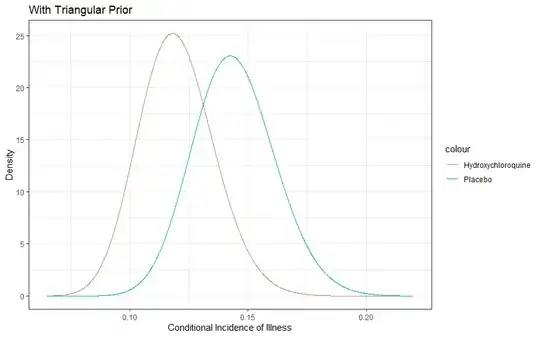My goal is to cluster data (20000 samples with a range from 0.0 to 1.0, and 14 dimensions/features). Since I don't know the number of clusters, I tried using MeanShift and DBSCAN.
My problem with these algorithms is that they find one large cluster with about 90%+ of the data and a few very small clusters, or hundreds of just small clusters depending on the parameters.
I am trying to find large groups with similarity. I am looking for a small number (like 3-20) of clusters with 100 - 5000 samples per cluster. I want to try algorithms that could find these clusters. I am also aware that there might not be any meaningful clusters.
Here are the scatterplots of my data (each dimension), maybe this helps to give me some tips of what algorthims (or parameters) I should try.
